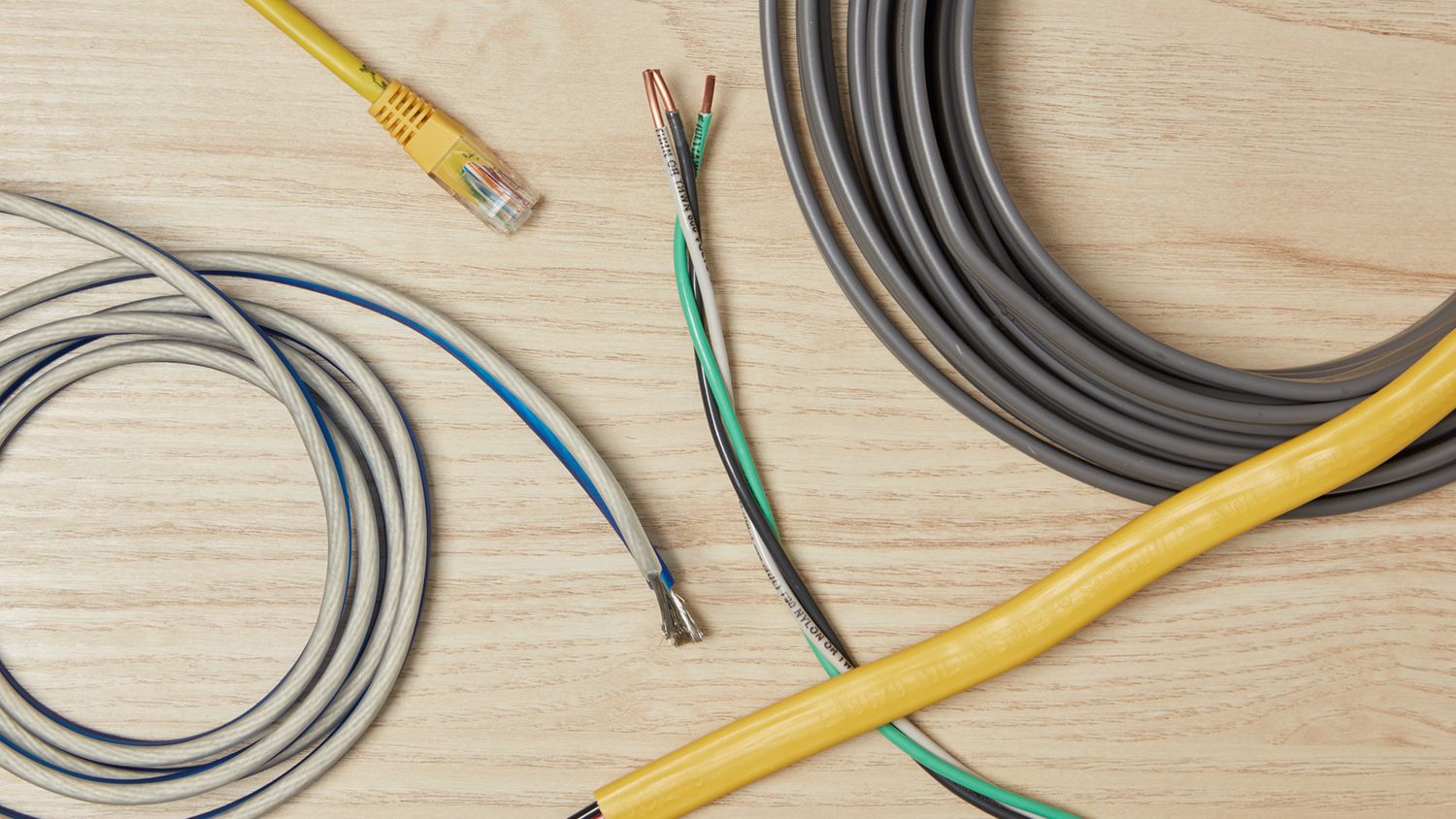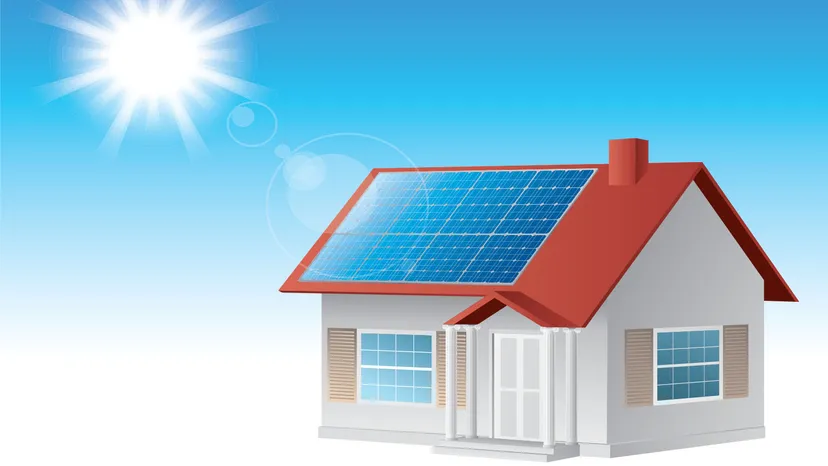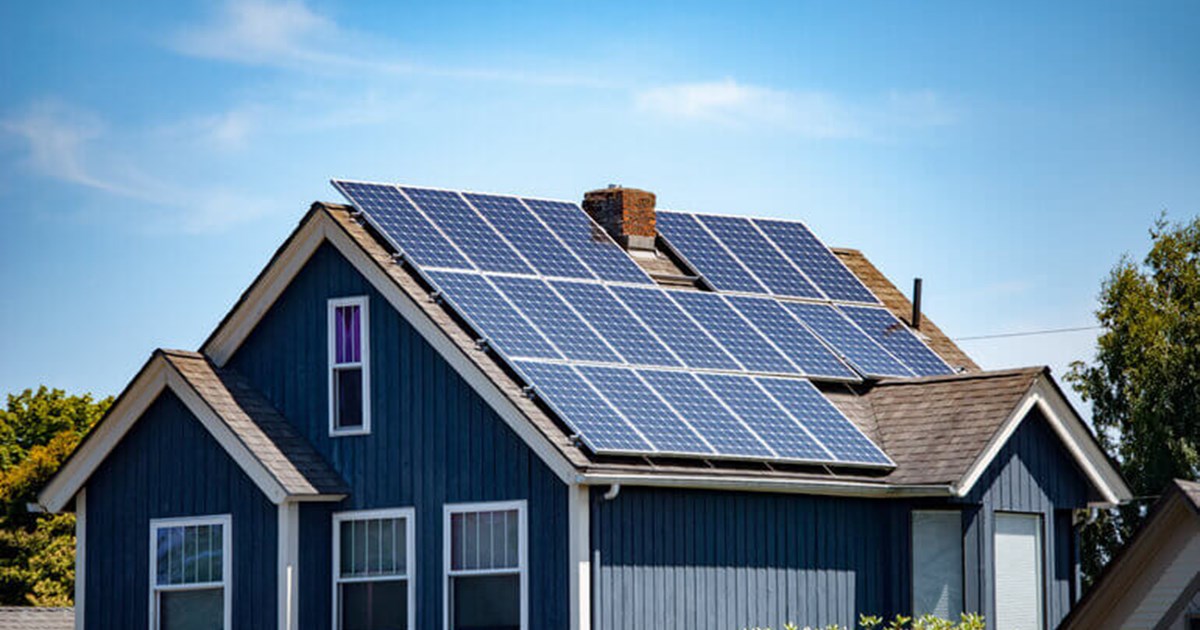Impacts Of The Electricity System In USA
Modern electricity in the United States comprises power plants, transmission and distribution cables, and people who use electricity. Most Americans now get their electricity from central power plants that use coal, natural gas, nuclear energy, and renewable energy sources like water, wind, and the sun. The “electric power grid” is a complex generating, distributing, and using electricity. Learn more about the electric power grid by looking at the picture below. When you click on a part, you’ll see a list of links to more information and a summary.
Electricity Is Made In The Following Ways And Places
Electricity in the United States comes from many different places. Natural gas, coal, and nuclear power are the ones that are used the most. Wind and solar energy are two of the clean energy sources that are growing the fastest. Most of the electricity made in the United States is made at centrally located power plants. Distributed generation, including solar panels and heat pumps, makes a much smaller amount of electricity, but that amount is growing. Find out more about the differences between the central generation and the generation that is spread out.
Distribution And Use Of Electricity
After it is made at a central power plant, electricity is sent through a network of high-voltage transmission lines that are all connected. High-voltage power is turned into lower-voltage power at substations, which is then sent to customers through a network of distribution lines. Learn more about how electricity is distributed.
Residential, commercial, and industrial consumers consume approximately one-third of all energy in the United States. The transportation sector accounts for a small portion of total electricity consumption. Learn more about the people who utilize power. See Also Methods To Save Electricity At Home In The U.S
How The Grid Balances Supply And Demand

The energy consumed in homes and businesses varies depending on the day, time, and weather. Most importantly, electricity must be generated at the point of use. Electric utility providers and grid operators must work together to generate the necessary electricity to meet demand. Responding to increased demand, operators can increase output from existing power plants, generate electricity from plants already running at a low level or on standby, import electricity from distant sources, or call on end-users who have agreed to consume less electricity from the grid.
The Environmental Impacts Of The Electricity System
The environmental impact of almost every energy system component is determined by how and where electricity is generated and supplied. Some instances of environmental consequences are as follows:
Greenhouse gas and other pollutant emissions into the atmosphere, particularly when fossil fuel is burned. Water generates steam, provides cooling, and performs other functions. Thermal pollution, in particular, polluted bodies of water (water that is hotter than the actual temperature of the water body) (water that is hotter than the actual temperature of the water body).
Production of solid waste, which may contain hazardous waste. The land is required for fuel production, power generation, and transmission and distribution lines. Effects on plants, animals, and ecosystems as a result of the effects on air, water, waste, and land mentioned above.
Some of these environmental consequences may harm human health, particularly if they expose people to air, water, or soil toxins. Visit the EPA’s Learn the Issues area to learn more about how the environment may affect human health. Visit the centralized generation, distributed generation, and electricity distribution pages to learn more about the environmental impacts of each part of the power system.
The generation sources (or “electricity mix”) available in your area determine the environmental impact of your power. To learn more about the emissions created by the electricity you use, go to the EPA’s Power Profiler.
You can reduce the environmental impact of your electricity usage by purchasing green energy and being more energy-efficient. Learn more about reducing your environmental impact. Several measures, in general, can help reduce the negative environmental impacts associated with energy generation, such as:
Efficiency in terms of energy consumption. End-users can meet some of their needs with energy-efficient technologies and practices. In this perspective, energy efficiency is a resource that reduces the need to generate electricity.




